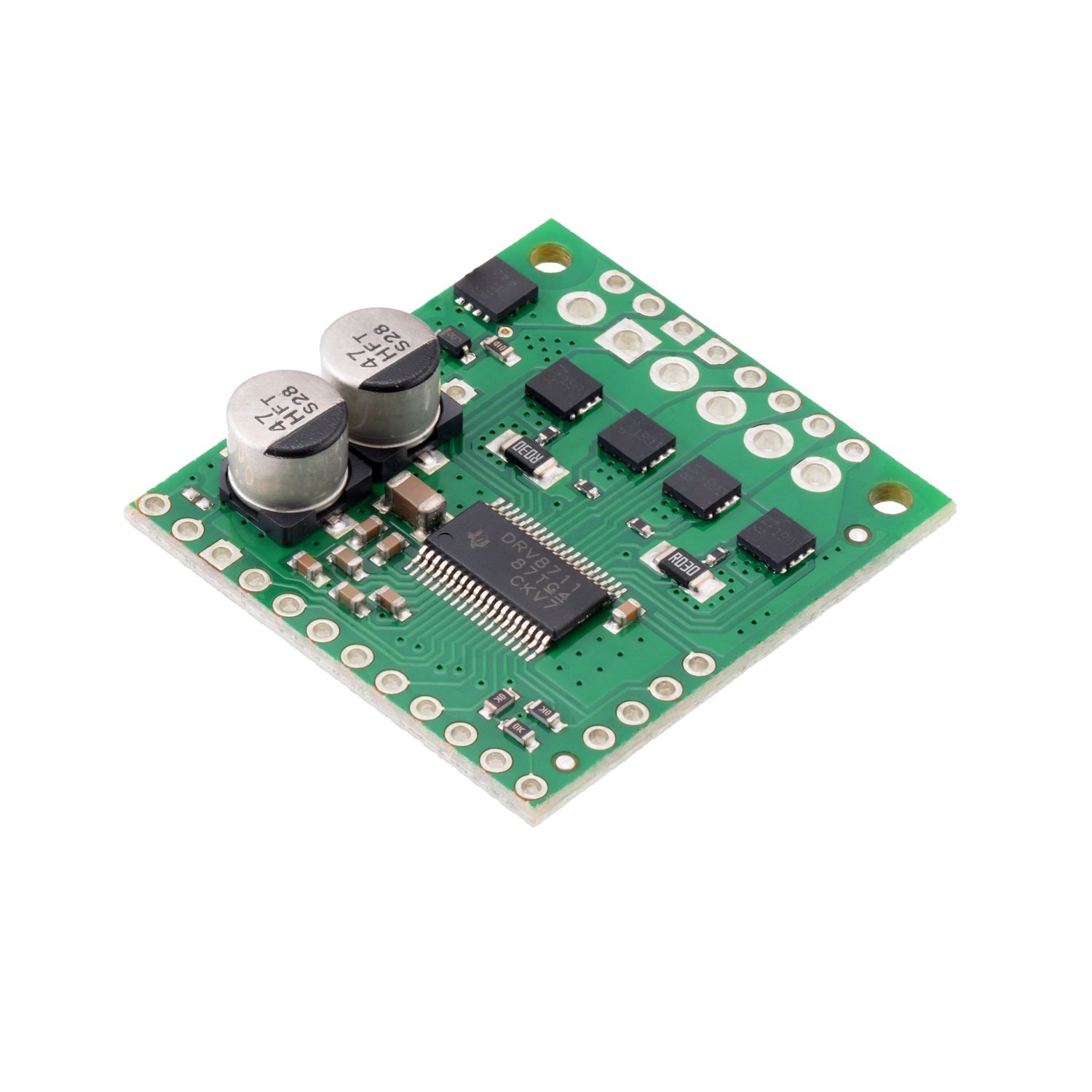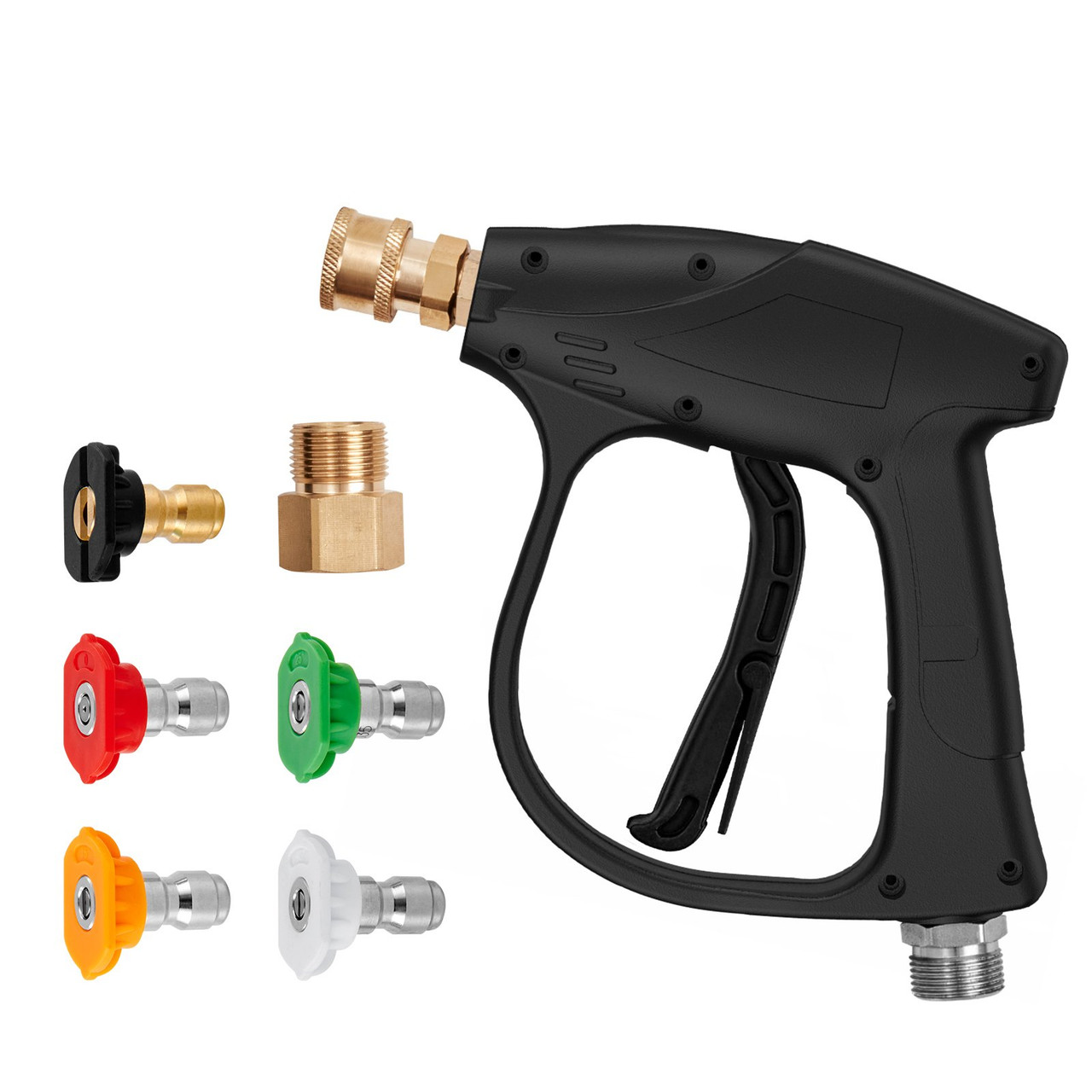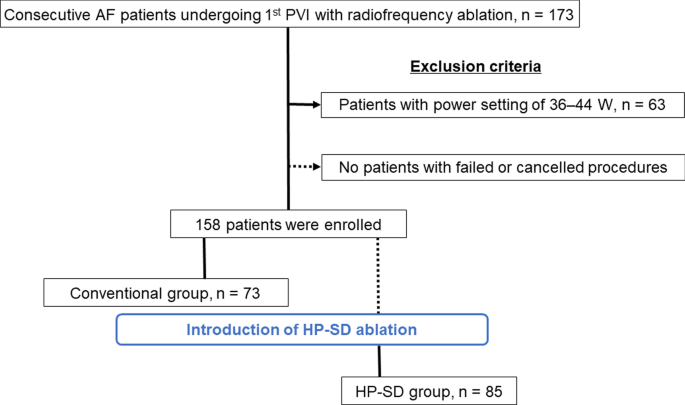Procedural characteristics of pulmonary vein isolation with high
4.5 (634) · $ 25.99 · In stock
The purpose of this study was to investigate the safety and efficacy of high-power short-duration (HP-SD) ablation compared to conventional ablation in patients with atrial fibrillation (AF). We enrolled consecutive 158 drug-refractory symptomatic AF patients (119 males, mean age 63 ± 10 years) who had undergone first radiofrequency pulmonary vein isolation (PVI). PVI was performed using the conventional setting (20–35 W) in 73 patients (Conventional group) and using the HP-SD setting (45–50 W) in 85 patients (HP-SD group). The rate of first pass isolation, remaining gaps after circumferential ablation, dormant conduction, and the radiofrequency application time in each pulmonary vein (PV) were compared between the groups. The first pass isolation ratio was significantly higher in the HP-SD group than in the Conventional group (81% vs. 65%, P = 0.027) in the right PV, but did not differ in the left PV. The remaining gaps were fewer in the right superior PV (4% vs. 21%, P = 0.001) and left inferior PV (1% vs. 8%, P = 0.032) areas, and the radiofrequency application time in each PV was shorter (right PV, 12.0 ± 8.9 min vs. 34.0 ± 31.7 min, P < 0.001; left PV, 10.6 ± 3.6 min vs. 25.7 ± 22.3 min, P < 0.001) in the HP-SD group than in the Conventional group. The use of the HP-SD setting might contribute to improve the first pass isolation rate and to shorten the radiofrequency application time in each PV.

Procedural characteristics according to each pulmonary vein
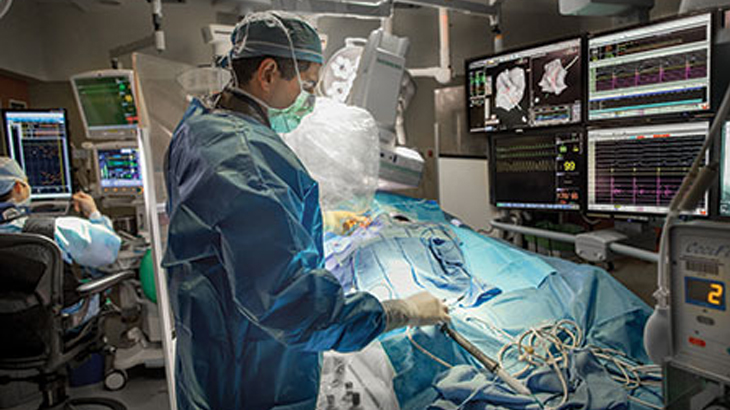
Atrial Fibrillation Ablation Procedure

Autonomic cardiogastric neural interaction after pulmonary vein isolation in patients with atrial fibrillation

Patient flow diagram. O-A time, interruption time of dabigatran oral
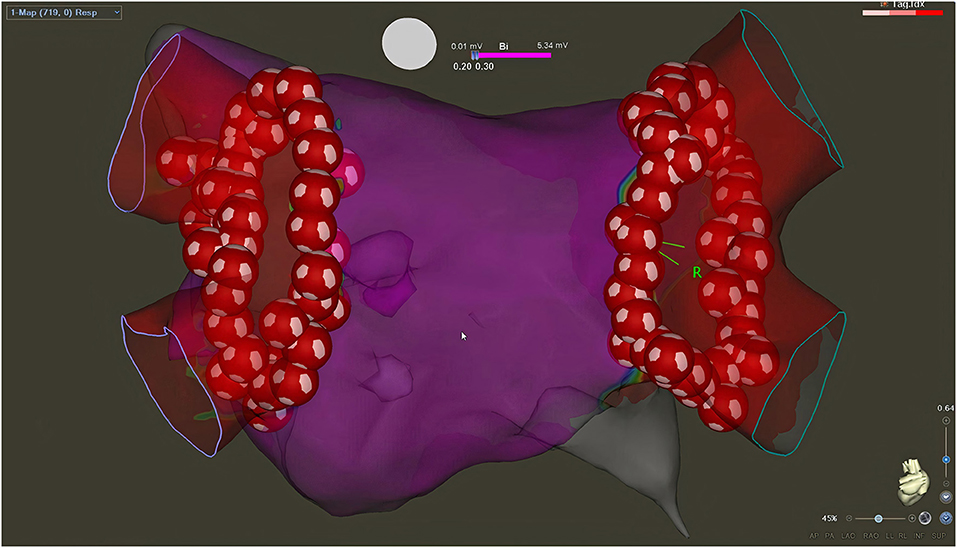
Frontiers Characteristics of Very High-Power, Short-Duration

Catheter ablation - BHF

Frontiers Ablation index-guided high-power ablation for superior vena cava isolation in patients with atrial fibrillation

Procedural characteristics of pulmonary vein isolation with high

Post-ablation high density mapping examples. A Bipolar voltage map
:max_bytes(150000):strip_icc()/ablation-surgery-how-to-prepare-5086817-Final-22ed0bbcf56943e8bbd72e6daf6461bd.jpg)
Ablation Surgery: How to Prepare

Significance of Contact Force on Esophageal Thermal Injury During Relative High-Power Short-Duration Ablation of Atrial Fibrillation

The relationship between the O-A time and the occurrence of major

The relationship between the heparin dosing during catheter ablation

Pulmonary Vein Reconnection No Longer Occurs in the Majority of


